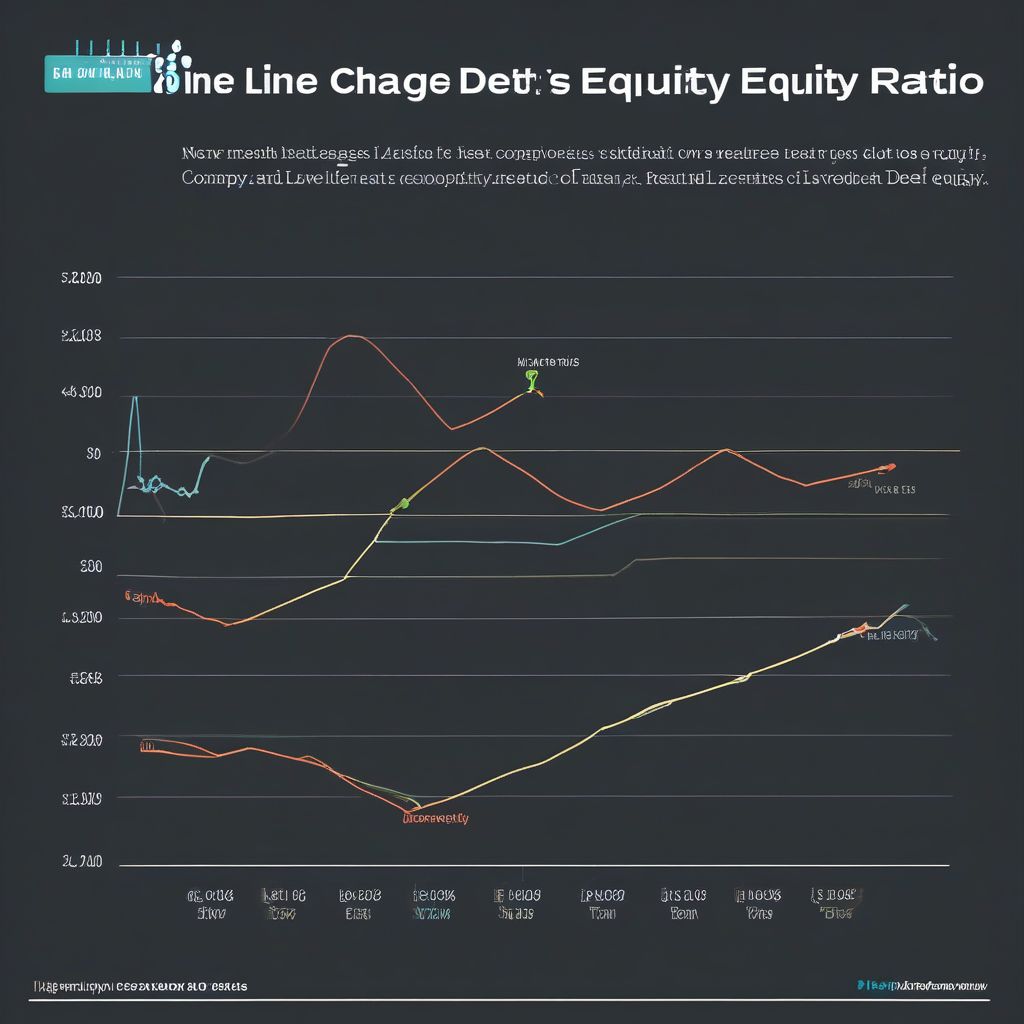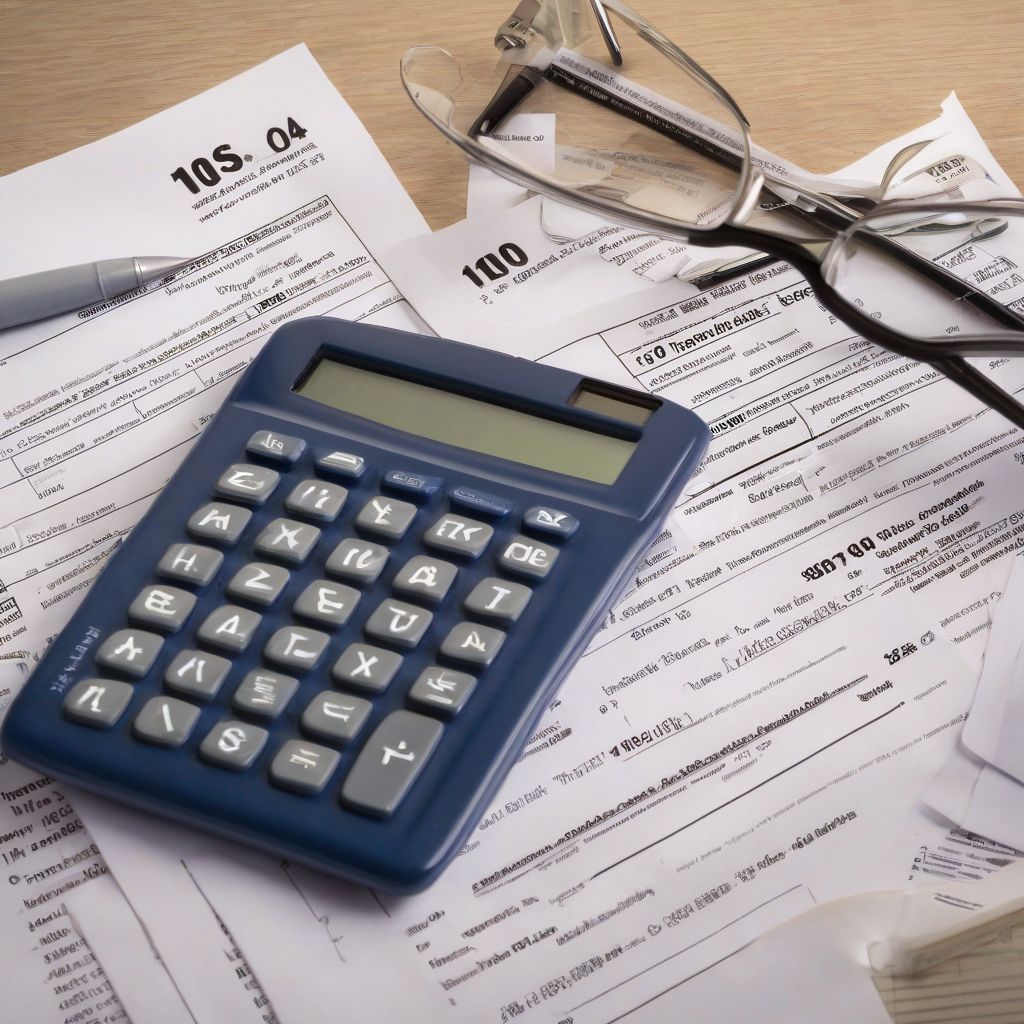In today’s economy, managing debt is a top concern for many. Juggling multiple loans with high interest rates can feel overwhelming. This is where Heloc Debt Consolidation enters the picture, offering a potentially attractive solution. But is it the right move for you? This comprehensive guide delves into the intricacies of HELOC debt consolidation, weighing its pros and cons to help you make an informed decision.
Understanding Heloc Debt Consolidation
Before we dive into the details, let’s define the key terms. A HELOC, or Home Equity Line of Credit, is a loan that allows you to borrow against the equity you’ve built in your home. Essentially, it transforms your home’s value into a source of revolving credit, similar to a credit card.
Debt consolidation, as the name suggests, involves combining multiple debts into one. This typically involves securing a new loan, in this case, a HELOC, to pay off existing debts like credit cards, student loans, or personal loans.
How Does Heloc Debt Consolidation Work?
Imagine this: you have several high-interest credit card balances and perhaps a personal loan. HELOC debt consolidation allows you to use a HELOC to pay off these existing debts, leaving you with one consolidated loan – the HELOC itself.
Why Consider Heloc Debt Consolidation?
The potential benefits are compelling:
- Lower Interest Rates: HELOCs often come with lower interest rates compared to credit cards or some personal loans, especially in low-interest-rate environments. This can translate to significant savings on interest payments over the life of the loan.
- Simplified Debt Management: Instead of juggling multiple payments, due dates, and interest rates, you’ll have a single monthly payment towards your HELOC.
- Tax Advantages: In some cases, the interest paid on a HELOC used for home improvements may be tax-deductible (consult with a tax advisor for your specific situation).
sonneriesvip.com/wp-content/uploads/2024/08/debt-consolidation-66c5a5.jpg" alt="debt consolidation illustration" width="1024" height="1024">debt consolidation illustration
Potential Drawbacks and Risks
While HELOC debt consolidation can be advantageous, it’s crucial to be aware of the potential downsides:
- Risk of Foreclosure: Remember, a HELOC uses your home as collateral. If you default on your payments, you could face foreclosure, putting your home at risk.
- Temptation to Overspend: Since a HELOC works like a revolving credit line, it might tempt some borrowers to overspend, potentially leading to more debt.
- Variable Interest Rates: HELOCs typically have variable interest rates, meaning your monthly payments can fluctuate as interest rates change, making budgeting unpredictable.
Is Heloc Debt Consolidation Right for You?
The decision to consolidate debt using a HELOC is highly personal and depends on your financial circumstances, risk tolerance, and financial goals.
Ask yourself these questions:
- Can I afford potential increases in my monthly payments if interest rates rise?
- Am I disciplined enough to avoid overspending with a revolving credit line?
- How will this impact my overall financial goals (retirement, savings, etc.)?
Seeking Professional Guidance
Navigating the complexities of HELOC debt consolidation requires careful consideration. Consulting a financial advisor is highly recommended. They can provide personalized advice based on your unique situation, helping you determine if HELOC debt consolidation aligns with your financial goals.
Conclusion: Proceed with Caution and Informed Decision-Making
HELOC debt consolidation can be a powerful tool for managing debt, but it’s not without risks. By thoroughly researching, understanding the potential pitfalls, and seeking expert advice, you can make an informed decision that aligns with your financial well-being. Remember, knowledge is key when it comes to making sound financial decisions. Continue exploring our website for more insights into managing debt, investing wisely, and achieving financial success.




